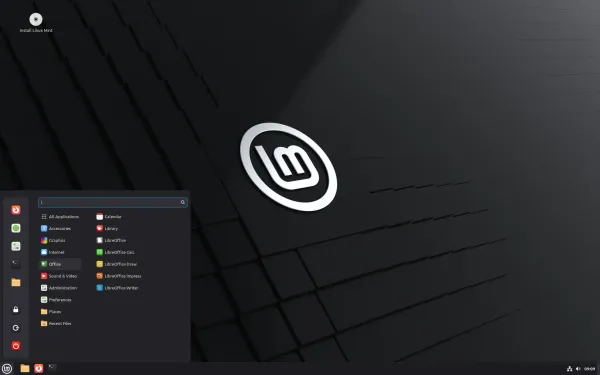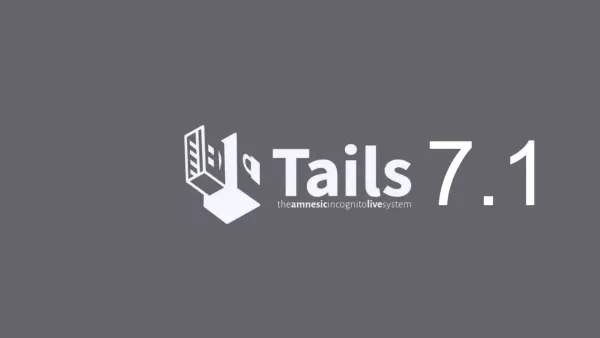Monero Consensus: Hard Fork Governance and Network Upgrade Coordination
Monero consensus mechanisms enable sophisticated hard fork governance, blockchain validation, and network upgrade coordination through community-driven development processes.
Monero consensus mechanisms enable sophisticated hard fork governance, blockchain validation, and network upgrade coordination that maintain decentralized decision-making while ensuring protocol evolution and network security through community-driven development processes and transparent governance procedures. Monero consensus documentation demonstrates how Monero consensus implementation combines blockchain validation with governance protocols to create sustainable protocol evolution that supports privacy requirements, security enhancements, and network scalability while maintaining decentralized consensus and community participation throughout protocol development and upgrade coordination processes.
Hard Fork Governance and Community Coordination Procedures
Hard fork coordination research analyzes hard fork coordination research showing how Monero governance implements structured proposal development, community engagement, and consensus building that enable coordinated network upgrades while maintaining decentralized decision-making and stakeholder participation. Governance procedures include proposal submission, community review, and consensus assessment that ensure network changes reflect community priorities while maintaining technical excellence and security standards throughout governance and upgrade processes.
Community consensus building addresses stakeholder engagement through transparent discussion, technical review, and collaborative decision-making that enable effective governance while maintaining community cohesion and developer coordination. Consensus processes include proposal evaluation, technical analysis, and community feedback that inform governance decisions while ensuring broad stakeholder participation and technical soundness throughout governance procedures and upgrade planning activities.
Network upgrade timeline coordination implements structured planning procedures that manage upgrade deployment, compatibility requirements, and rollout schedules while minimizing network disruption and ensuring smooth transitions. Timeline coordination includes milestone planning, compatibility assessment, and deployment scheduling that optimize upgrade success while maintaining network stability and operational continuity throughout upgrade implementation and community coordination procedures.
Community governance frameworks documents community governance frameworks showing how backward compatibility considerations address migration requirements through compatibility analysis, transition procedures, and legacy support that enable smooth upgrades while minimizing operational disruption and user impact. Compatibility planning includes migration strategies, legacy system support, and transition assistance that ensure upgrade accessibility while maintaining network functionality and user experience throughout upgrade processes.
Blockchain Validation and Consensus Rule Enforcement
Blockchain validation algorithms provides blockchain validation implementation showing how block validation procedures implement comprehensive transaction verification, consensus rule enforcement, and security validation that maintain network integrity while supporting protocol requirements and privacy protection. Validation includes transaction verification, block structure validation, and consensus rule enforcement that ensure network security while maintaining protocol compliance and operational efficiency throughout blockchain operation and consensus processes.
Consensus rule implementation addresses protocol enforcement through systematic rule validation, compliance checking, and security verification that maintain network consistency while supporting protocol evolution and upgrade procedures. Rule enforcement includes validation algorithms, compliance assessment, and security verification that ensure network operation follows established protocols while maintaining flexibility for authorized protocol changes and network improvements.
Network synchronization and chain selection algorithms implement comprehensive procedures that manage blockchain consistency, fork resolution, and network consensus while maintaining security properties and operational efficiency. Synchronization includes chain validation, fork detection, and consensus determination that ensure network coherence while supporting distributed operation and resilience against network partitions and synchronization challenges.
Fork resolution and longest chain determination implement sophisticated algorithms that manage competing chains, resolve network splits, and maintain consensus while protecting against attacks and ensuring network stability. Resolution procedures include chain comparison, work validation, and consensus determination that maintain network unity while protecting against malicious forks and ensuring legitimate chain selection throughout network operation and consensus processes.
Network Upgrade Coordination and Implementation Strategies
Network upgrade procedures documents network upgrade procedures showing how upgrade deployment strategies implement coordinated rollout, compatibility management, and network transition that enable smooth protocol evolution while minimizing disruption and ensuring comprehensive adoption. Deployment includes rollout planning, compatibility verification, and transition coordination that optimize upgrade success while maintaining network stability and operational continuity throughout upgrade implementation.
Node operator coordination addresses upgrade adoption through communication strategies, incentive alignment, and support provision that encourage timely upgrades while maintaining network security and operational capability. Coordination includes operator outreach, upgrade assistance, and adoption monitoring that ensure widespread upgrade deployment while supporting node operators and maintaining network decentralization throughout upgrade processes.
Network monitoring and upgrade progress assessment implement comprehensive tracking procedures that monitor adoption rates, compatibility status, and network health while identifying potential issues and ensuring successful upgrade completion. Monitoring includes adoption tracking, performance assessment, and issue identification that support upgrade management while enabling responsive problem resolution and network optimization throughout upgrade deployment.
Emergency response procedures address critical upgrades through accelerated coordination, priority deployment, and crisis management that enable rapid response to security threats while maintaining governance principles and network stability. Emergency procedures include threat assessment, rapid deployment, and community coordination that balance urgent response requirements against governance procedures while maintaining network security and community participation.
Governance Evolution and Future Development Framework
Cryptocurrency governance analysis analyzes cryptocurrency governance showing how governance model analysis addresses improvement opportunities through systematic evaluation, stakeholder feedback, and process optimization that enhance decision-making effectiveness while maintaining decentralization and community participation. Analysis includes governance assessment, process improvement, and stakeholder engagement that inform governance evolution while preserving community-driven development and transparent decision-making throughout governance enhancement initiatives.
Distributed consensus mechanisms documents distributed consensus research showing how decentralized decision-making implements sophisticated consensus building through transparent procedures, inclusive participation, and collaborative governance that maintain community control while supporting effective protocol development. Decision-making includes consensus mechanisms, participation frameworks, and collaborative procedures that ensure community governance while maintaining technical excellence and development efficiency throughout protocol evolution processes.
Protocol evolution research provides protocol evolution research showing how long-term protocol sustainability addresses development continuity through resource allocation, developer coordination, and community engagement that ensure ongoing protocol maintenance and improvement while supporting innovation and adaptation. Sustainability includes development planning, resource management, and community cultivation that maintain protocol evolution while supporting long-term viability and continuous improvement.
Governance sustainability studies analyzes governance sustainability studies showing how community engagement and developer coordination implement collaborative development through inclusive participation, transparent communication, and coordinated effort that maintain project vitality while supporting innovation and community growth. Engagement includes community outreach, developer coordination, and collaborative frameworks that ensure sustainable development while fostering innovation and community participation throughout ongoing protocol development and governance activities.




